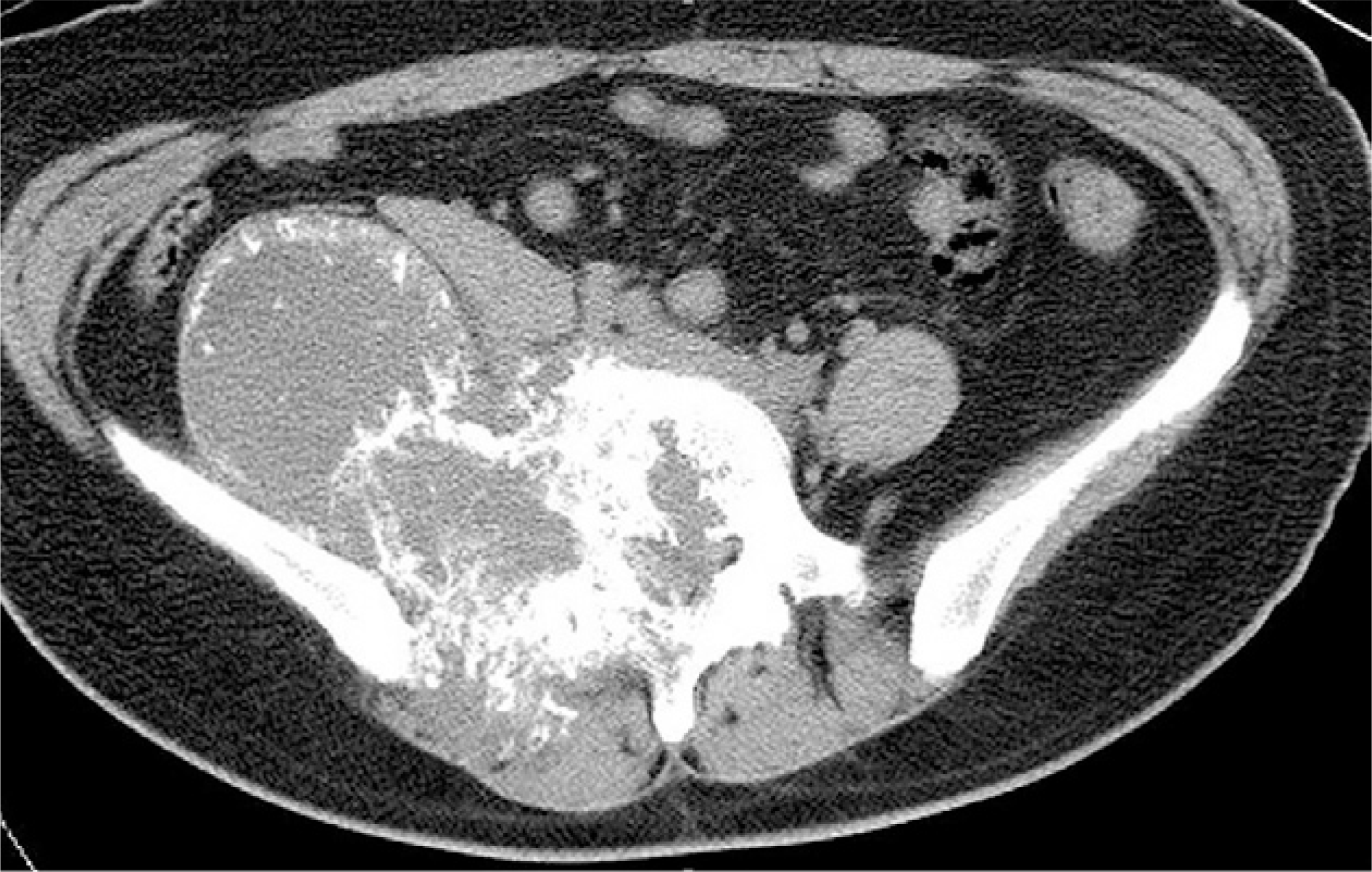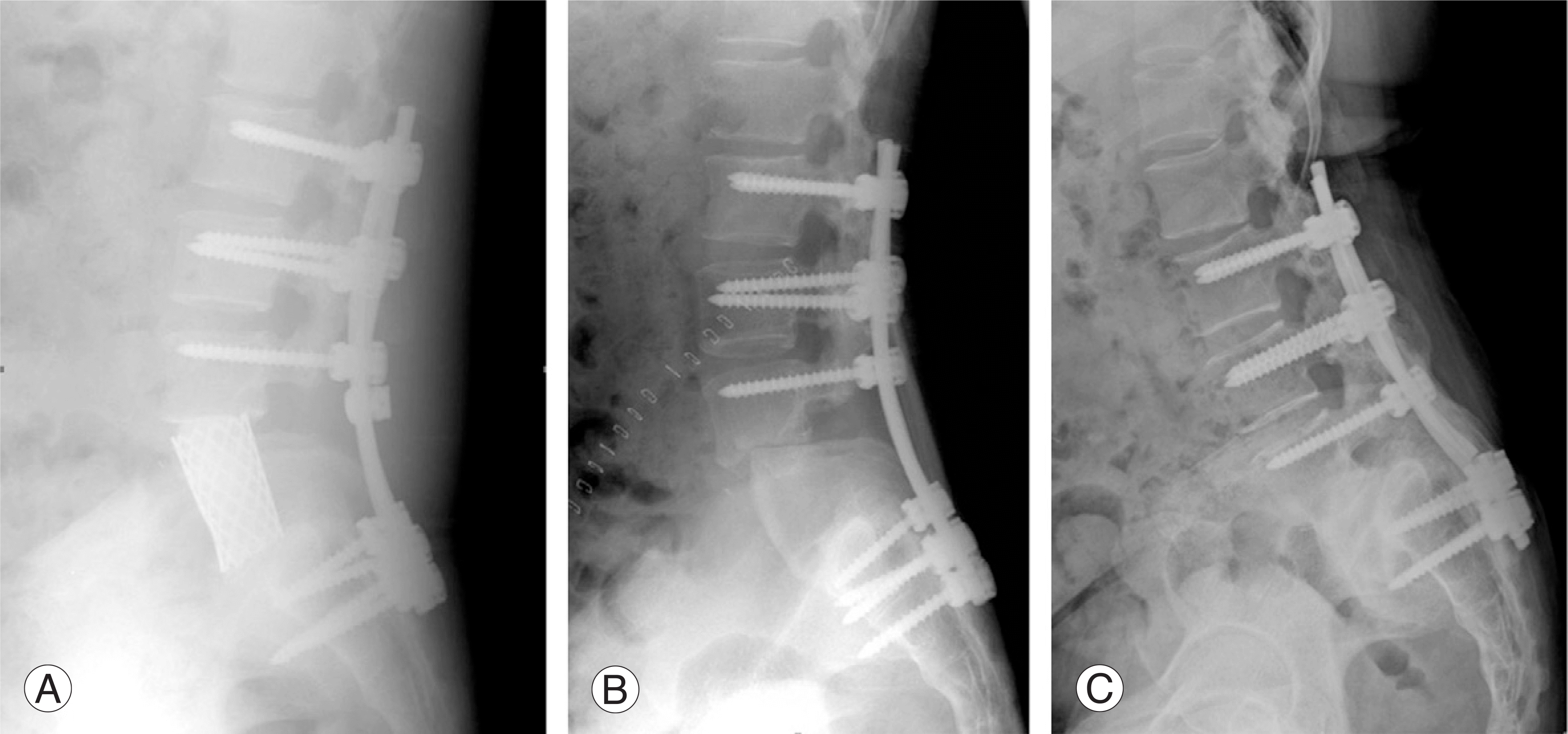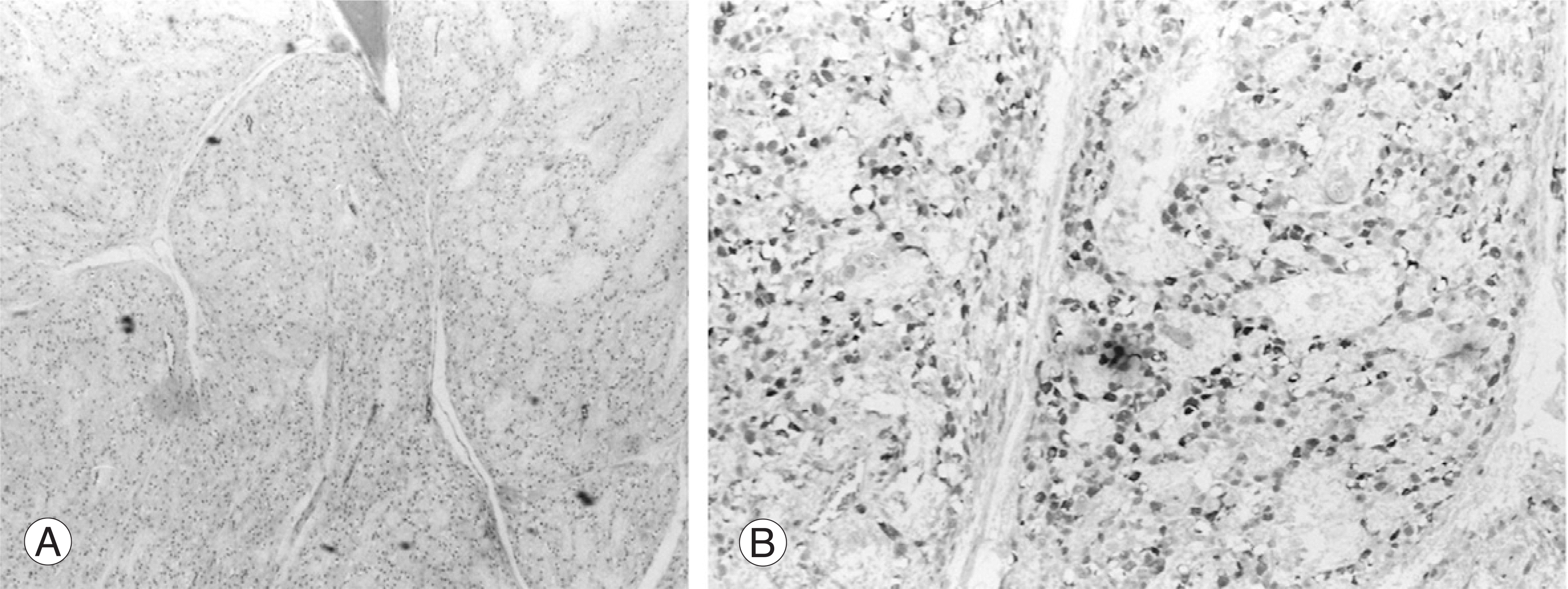Abstract
Ossifying fibromyxoid tumor is rare soft tissue neoplasm of an uncertain histogenesis, and this was first described in 1989. The majority of the reported cases have involved the soft tissue of the extremities. We present here on a case of atypical ossifying fibromixoid tumor that had invaded the spine and we report on its management and outcome. We also review the relevant literature.
REFERENCES
01). Enzinger FM., Weiss SW., Liang CY. Ossifying fibromyxoid tumor of soft parts. A clinicopathological analysis of 59 cases. Am J Surg Pathol. 1989. 13:817–827.
02). Schaffler G,Raith J., Ranner G., Weybora W., Jeserschek R. Radiographic appearance of an ossifying fibromyxoid tumor of soft parts. Skeletal Radiol. 1997. 26:615–618.
03). Ogose A., Otsuka H., Morita T., Kobayashi H., Hirata Y. Ossifying fibromyxoid tumor resembling parosteal osteosarcoma. Skeletal Radiol. 1998. 27:578–580.

04). Folpe AL., Weiss SW. Ossifying fibromyxoid tumor of soft parts: a clinicopathologic study of 70 cases with emphasis on atypical and malignant variants. Am J Surg Pathol. 2003. 27:421–431.
05). Miettinen M., Finnell V., Fetsch JF. Ossifying fibromyxoid tumor of soft parts—a clinicopathologic and immunohistochemical study of 104 cases with long-term follow-up and a critical review of the literature. Am J Surg Pathol. 2008. 32:996–1005.

06). Donner LR. Ossifying fibromyxoid tumor of soft parts: evidence supporting Schwann cell origin. Hum Pathol. 1992. 23:200–202.

07). Schofield JB., Krausz T., Stamp GW., Fletcher CD., Fisher C., Azzopardi JG. Ossifying fibromyxoid tumour of soft parts: immunohistochemical and ultrastructural analysis. Histopathology. 1993. 22:101–112.

08). Sovani V., Velagaleti GV., Filipowicz E., Gatalica Z., Knisely AS. Ossifying fibromyxoid tumor of soft parts: report of a case with novel cytogenetic findings. Cancer Genet Cytogenet. 2001. 127:1–6.
09). Nishio J., Iwasaki H., Ohjimi Y, et al. Ossifying fibromyx-oid tumor of soft parts. Cytogenetic findings. Cancer Genet Cytogenet. 2002. 133:124–128.
10). Oqilvie CM., Torbert JT., Finstein JL, et al. Clinical utility of percutaneous biopsies of musculoskeletal tumors. Clin Orthop Relat Res. 2006. 450:95–100.
Fig. 1.
Precontrast CT scan of level L5 vertebra revealed a large soft tissue mass measuring about 13cm in length invading the L5 vertebral body.

Fig. 2. (A)
T2 weighted axial MR shows the mass is a heterogeneous and isointense to muscle. (B) T1 weighted coronal MR shows the mass is isointense with psoas muscle. (C) T2 weighted saggital MR shows the mass extend to the canal with epidural mass formation.

Fig. 3. (A)
Immediate post operative lateral view. (B) 2nd Post operative lateral view. (C) Postoperative 6year last follow up lateral view.

Fig. 4. (A)
The photomicrograph (×100, Hematoxylin-eosin stain) shows a well circumscribed mass with an incompletely ossified fibrous rim. Tumor cells are relatively uniform round to oval shape arranged in small rosettes that were separated by delicate hyalinized fibrous bend. (B) By Immunohistochemistry, the tumor cells are positive for S100.





 PDF
PDF ePub
ePub Citation
Citation Print
Print


 XML Download
XML Download